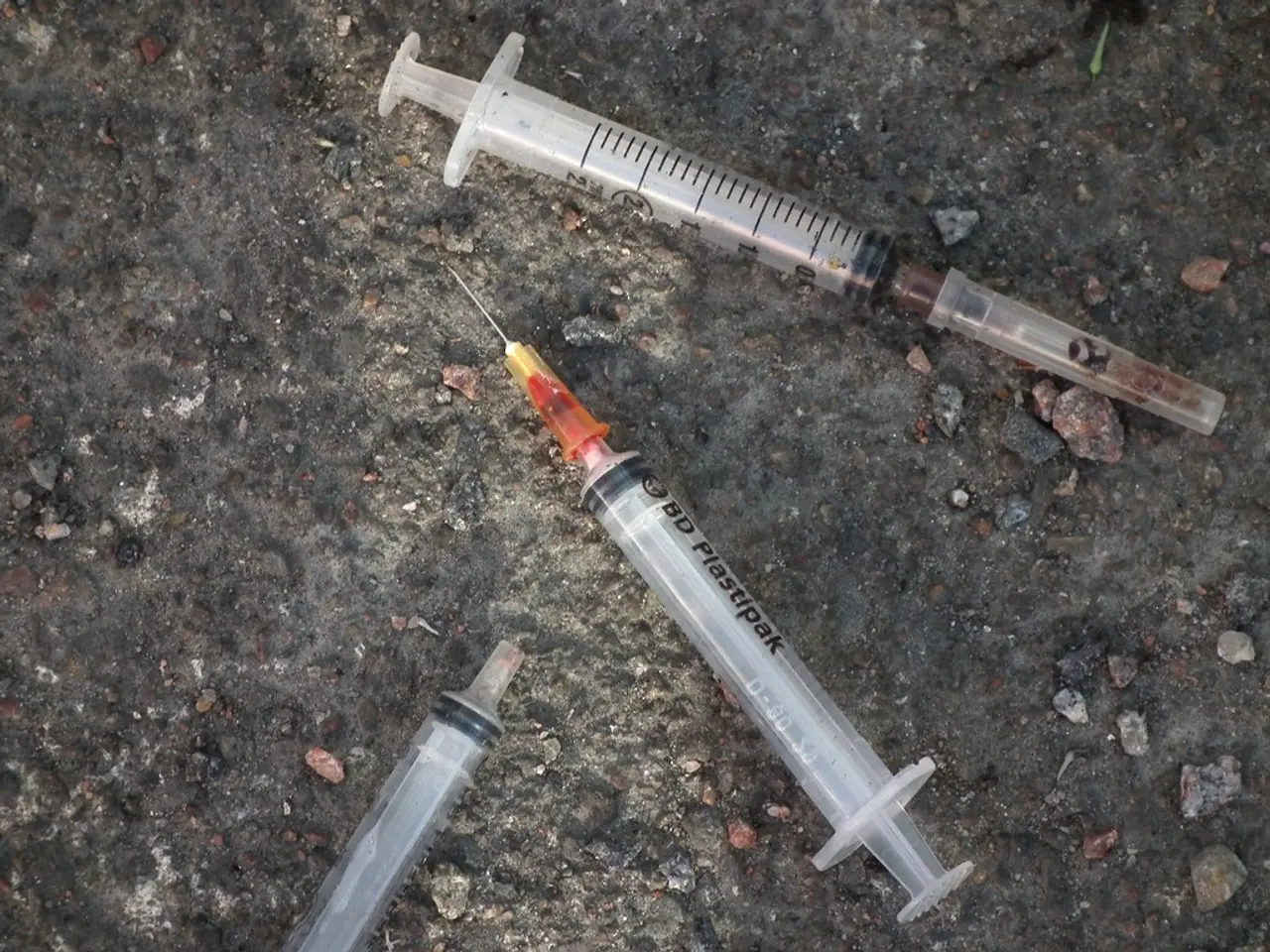Creatures' Lifeforce Leaves a Subtle Energy Trail That Ceases upon Death, Finds Research
In a groundbreaking study, researchers have discovered that living organisms, including humans, plants, and animals, emit a faint glow known as ultraweak photon emission (UPE). This emission, which is extremely hard to image due to its weakness, is a byproduct of metabolic and cellular processes.
This is the first time UPE has been observed in entire living or dead animals, providing a unique window into cellular metabolic activity and damage states. The study, led by Daniel Oblak, an associate professor at the University of Calgary, and his collaborators at the Human Health Therapeutics Research Center at the National Research Council, was published in The Journal of Physical Chemistry Letters.
The UPE arises from intrinsic biochemical reactions such as lipid peroxidation and other oxidative reactions involving free radicals. In plants and animals, including humans, the intensity and spectral characteristics of UPE correlate with metabolic rates, cellular health, and injury levels. For example, injured or stressed cells typically exhibit increased UPE due to elevated free radical activity.
The potential applications of UPE in biomedical research and disease tracking are vast. It can be used for non-invasive diagnostics to monitor cell function, tissue health, and early disease onset. UPE measurement can also track inflammation, cancer, neurodegenerative processes, and responses to treatments by detecting changes in cellular oxidative stress.
Moreover, UPE could potentially advance our understanding of biomedical research at a fundamental level. It may actively regulate cellular processes and genetic expression, opening avenues for quantum biology approaches in medicine. Advanced theoretical frameworks propose that UPE and related electromagnetic phenomena at the cellular and neural membrane level may contribute insights into brain coherence and consciousness mechanisms.
The study also revealed that the UPE emission from living plants increases when they are injured or exposed to high temperatures. This could be used for noninvasive tissue health monitoring in biomedical research. Chemical modifications, such as the application of anesthetic benzocaine, increase the intensity of the UPE light in plants.
The research on UPE was supported by the Quantum Sensors Challenge program of Canada's National Research Council (NRC). The team used an ultra-sensitive digital imaging system to capture the ghostly glow of living mice. The researchers found that living mice showed photons rising all over their bodies, with hotspots over their organs, head, and paws.
The glow is caused by the release of reactive oxygen species (ROS) by mitochondria during energy consumption in cells. The amount of UPE emitted by tissues can increase when they are damaged, which could be used for noninvasive tissue health monitoring in biomedical research. The study, however, did not specify the exact mechanism through which chemical modifications increase UPE in plants or discuss the potential applications of UPE in monitoring disease progression in plants.
The authors suggest that UPE could be a promising tool for advancing our understanding of plant biology, particularly in the areas of plant health and growth under different environmental conditions. The potential applications extend beyond biomedical research, with UPE and biophoton technology showing promise in enhancing plant growth, seed germination, and food preservation by modulating bioenergetic states.
In summary, UPE offers a window into cellular metabolic activity and damage states with broad biomedical and biotechnological applications, ranging from diagnostics and disease monitoring to novel therapeutic and agricultural interventions.
- The study published in The Journal of Physical Chemistry Letters, led by Daniel Oblak, suggests that ultraweak photon emission (UPE) can offer a unique window into cellular metabolic activity and damage states, particularly in areas such as health-and-wellness and medical-conditions.
- The authors also propose that UPE could advance our understanding of plant biology, extending beyond biomedical research to areas like plant health and growth under different environmental conditions, possibly even enhancing plant growth, seed germination, and food preservation by modulating bioenergetic states.
- The potential applications of UPE in biomedical research and disease tracking are vast, including non-invasive diagnostics to monitor cell function, tissue health, and early disease onset, as well as tracking inflammation, cancer, neurodegenerative processes, and responses to treatments by detecting changes in cellular oxidative stress, all of which fall under the umbrella of technology and science.




